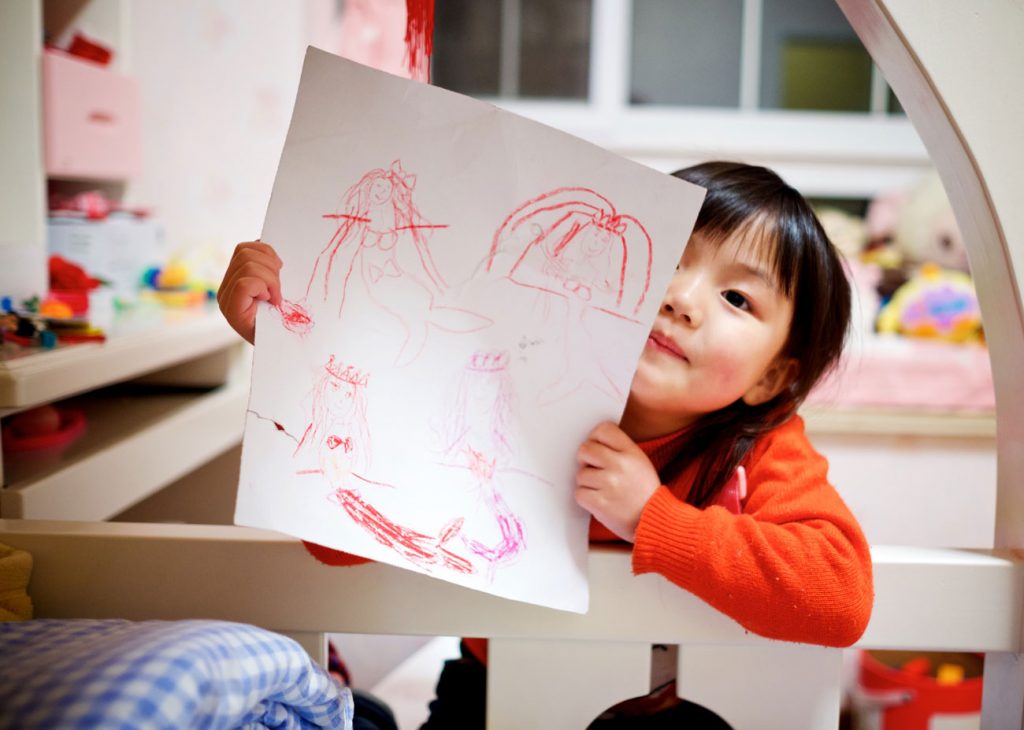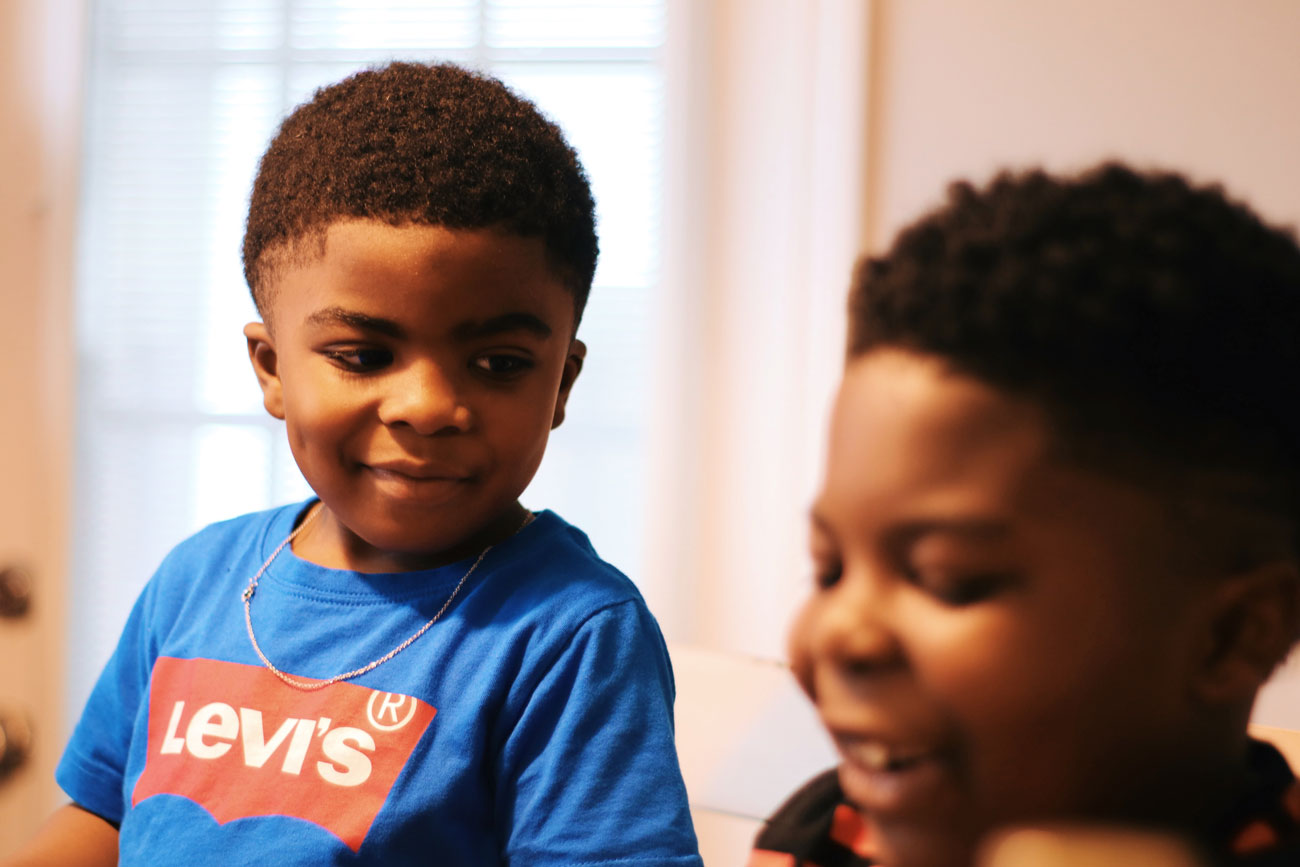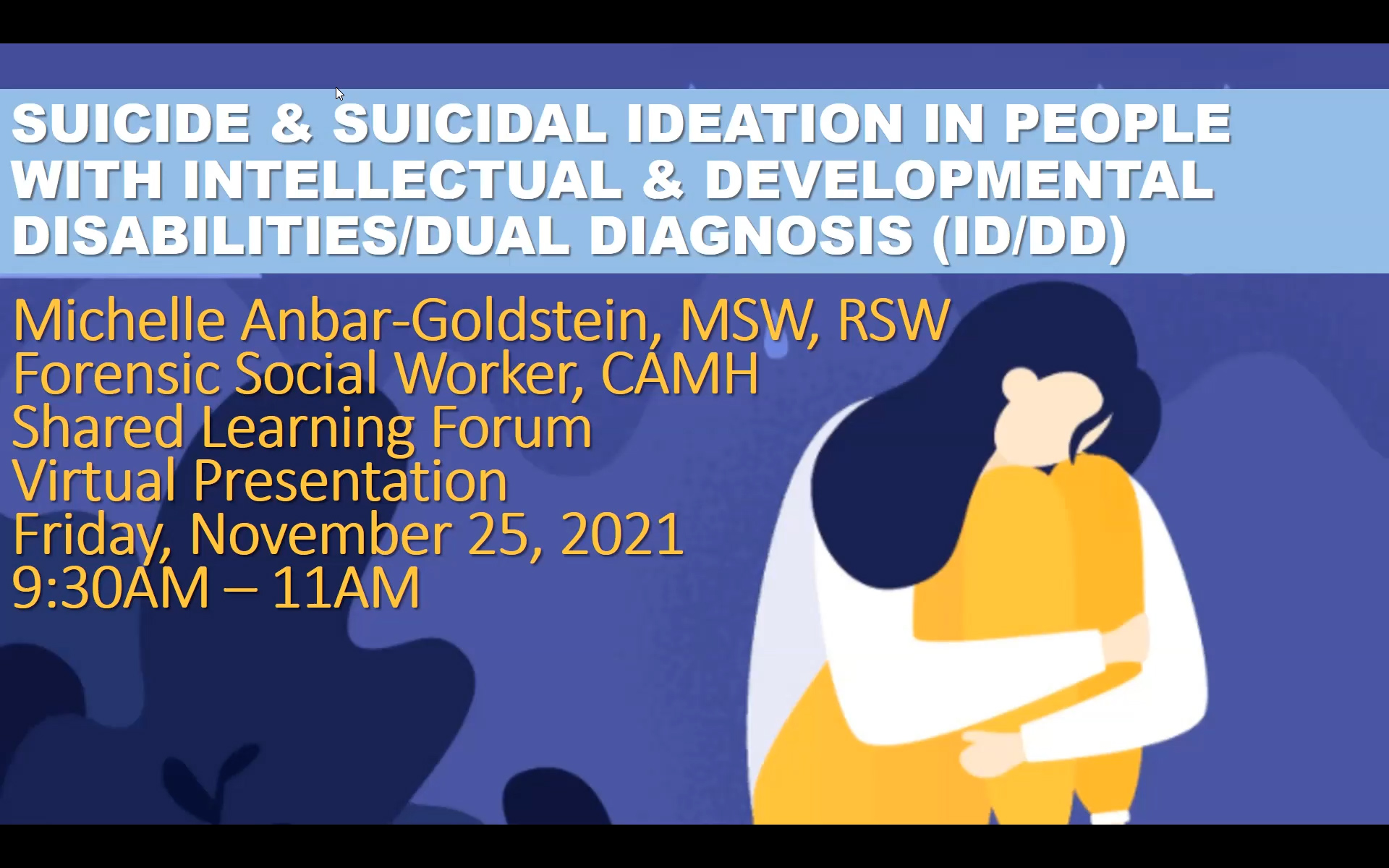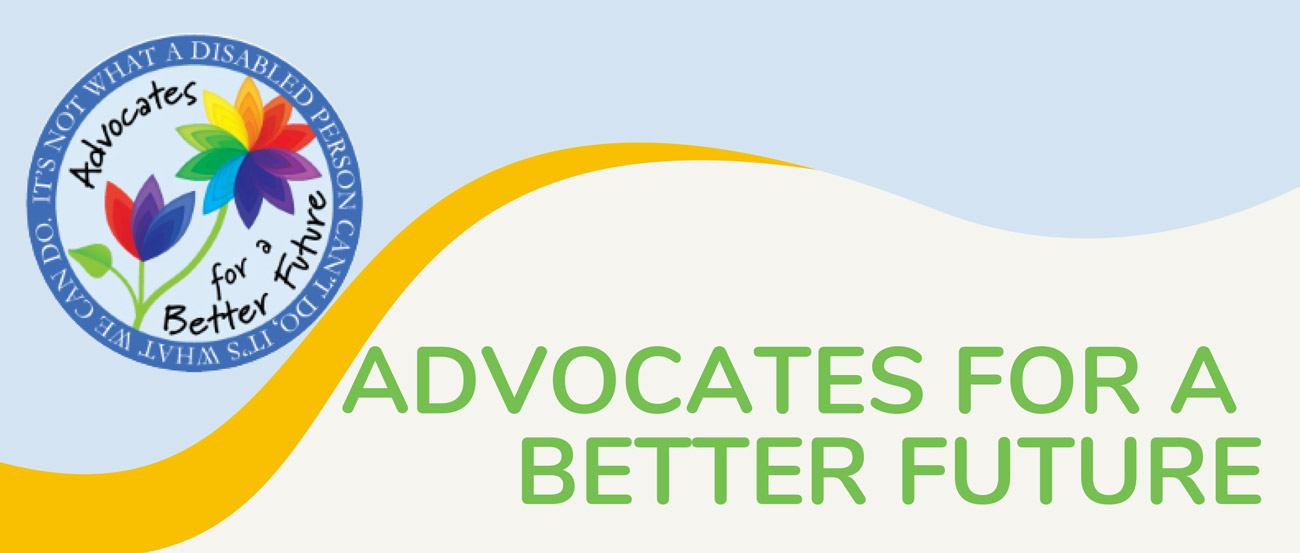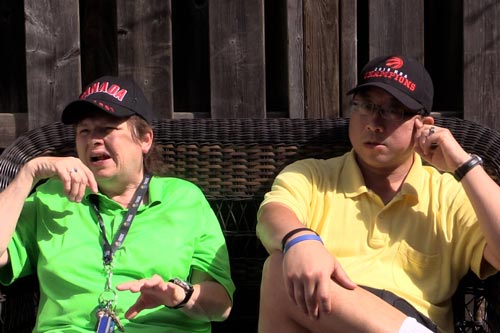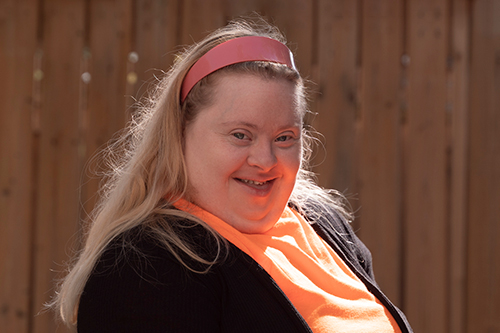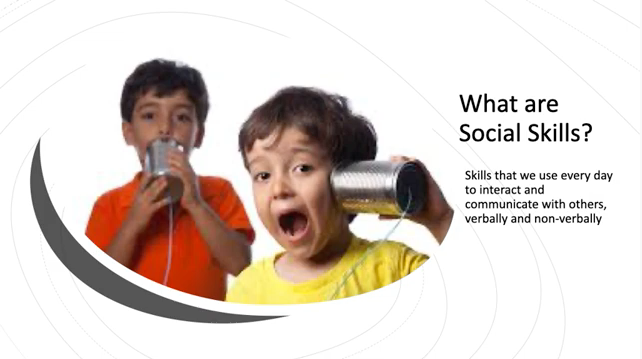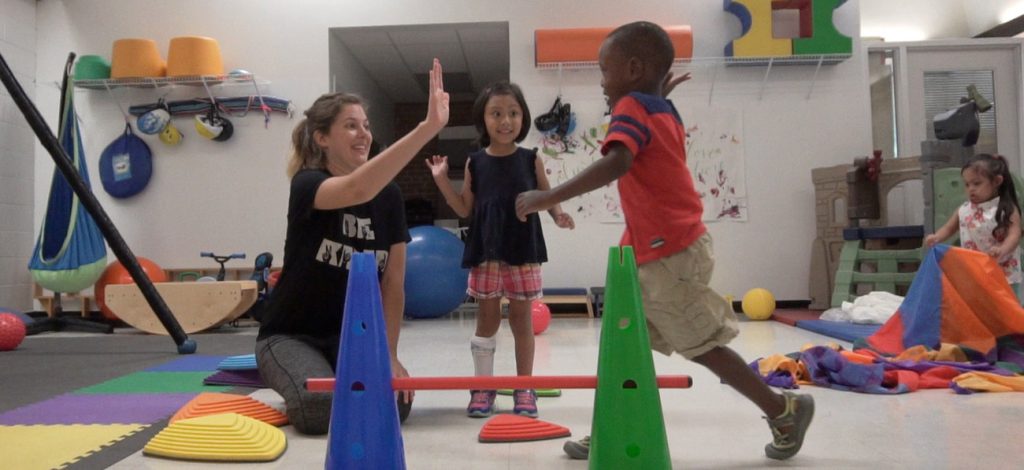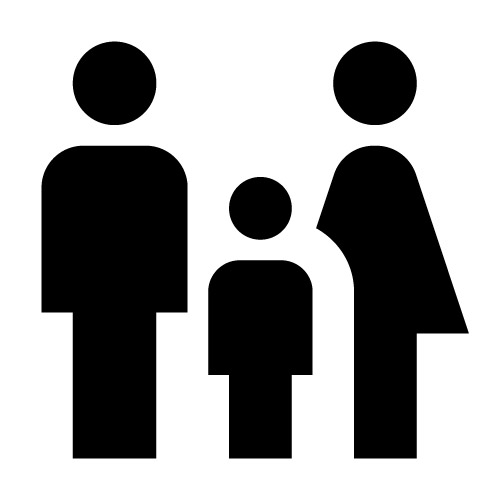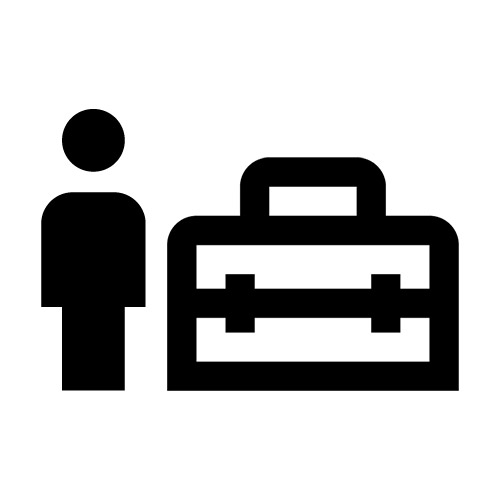Differential reinforcement involves reinforcing appropriate behaviours, while withholding attention from the problem/target behaviour. By withholding attention from the target behaviour, it is no longer reinforced but other appropriate behaviours are.
When withholding attention from a behaviour, it is important to remember to never ignore the individual. Withholding attention from the behaviour can be done while still being aware of the individual and their safety.
When differential reinforcement is used consistently, behaviors that are reinforced will increase, and behaviours that are not reinforced will decrease or be eliminated entirely.
Please follow this link to view a training video on differential reinforcement. The video includes several examples so you can see the implementation of differential reinforcement in real life.
How to Use Differential Reinforcement
Once you have selected the specific target behaviour to be reduced and the target behaviour to be increased, share the details of the plan with your team or others involved with the individual’s care to ensure consistency across people. It can be helpful to create the plan as a team to address everyone’s point of view and suggestions.
When the individual engages in the target behaviour, all staff and/or caregivers are to withhold providing attention. We often think attention is limited to positive statements, but attention also includes reprimands, such as saying “no” or “don’t do that”. It is encouraged that staff avoid looking at the individual or making facial expressions.
When the individual is observed engaging in the target behaviour that you want to see more of, provide a significant amount of positive attention. The attention provided should be individualized and based on their likes. For example, if an individual enjoys physical touch, you could pat them on the back and say “wow, good job staying calm”.
Types of Differential Reinforcement
Differential Reinforcement of Incompatible Behaviour (DRI):
This procedure selects an incompatible behaviour to be reinforced while withholding reinforcement for the problem behaviour. The incompatible behaviour cannot occur simultaneously to the problem behaviour.
For example: Camisha pinches her arms while she is watching television, so staff tell her to “stop pinching”. The pinching behaviour is reinforced by the staff’s attention, so they begin to withhold attention when she pinches her arms. At the same time, staff teach Camisha to keep her fingers intertwined while she watches television. Camisha receives verbal praise for instances when she keeps her hands intertwined.
Differential Reinforcement of Other Behaviour (DRO):
This procedure withholds reinforcement for the problem behaviour and reinforcement is only provided when there has been an absence of the problem behaviour for a predetermined amount of time.
For example: Chenoa pulls strands of hair out of her head when she is completing independent work. The behaviour consultant decides to use DRO in order to reinforce the absence of pulling her hair. Using this procedure, the teacher sets a timer for three minutes on Chenoa’s desk. If Chenoa does not pull her hair for the entire three minutes, then she is reinforced. If Chenoa does pull her hair, she is not reinforced, and the timer is reset.
Differential Reinforcement of Low Rates of Behaviour (DRL):
This procedure is used to reduce the frequency of a behavior but will not eliminate it from the learner’s repertoire entirely. This is typically reserved for behaviors that are socially acceptable but may occur too often. Reinforcement is delivered if a behavior occurs below a pre- determined criterion.
For example: Rashida is a very curious adult that enjoys learning new things. He asks his peers questions about their day and their interests however he asks questions repeatedly and does not know when to stop. Rashida’s staff do not want to eliminate his asking of questions because it is an important skill, but they do want him to ask fewer questions. Staff tell Rashida that he will receive extra time with his video games if he asks his peers or staff five questions or fewer in a five-minute period. If Rashida asks more than five questions in that time-period, he will not receive extra time playing video games.
Differential Reinforcement of Alternative Behaviour (DRA):
This procedure selects an alternative desirable behaviour to be reinforced instead of the problem behaviour. Reinforcement is provided immediately after the selected alternative behaviour occurs, and reinforcement is withheld when the problem behaviour occurs. It is important to select an alternative behaviour that serves the same function as the problem behaviour.
For example: Panya runs out of her bedroom whenever she is asked to tidy it up. Running out of her bedroom serves an escape function, as her parents allow her to leave without tidying up the room. The next time Panya is asked to tidy up the room, parents prompt her to say, “I want a break”. When Panya repeats “I want a break”, parents provide her with verbal praise and allow her to leave the room to take a five-minute break.
Tips to Consider When Delivering Differential Reinforcement
- Extinction Bursts: This occurs when caregivers attempt to eliminate an individual’s behaviour by refusing to reinforce it. Usually an increase in the frequency or intensity of the unwanted behaviour will occur when this method is used. For example, Ashley will start to cry whenever it is time to do homework so her dad will help her. Once Ashley realizes her cries are not providing the attention that she is seeking from her dad, the behaviour will eventually cease.
- Behaviour Traps: These typically occurs when the behaviour of an individual is being inadvertently reinforced and that action results in the behaviour recurring in the future. An example is Chopra asks his mom to buy candy at the grocery store, but his mom says no. Chopra then has a tantrum and his mom chooses to give in due to the judgement of the other customers around her.
- Non-Attention Behaviours: Not all behaviours are motivated by attention therefore, in these cases withholding attention is not effective. For example, when Ben engages in self-injurious behaviour by hitting his head this may serve other functions such as either indicating he is experiencing pain, wants to escape a task or is communicating his needs.
- Withholding Attention Does Not Mean Ignoring: When using differential reinforcement remember that it involves withholding attention from the problem behaviour, not from the person. It is still important to monitor the individual and be aware of their care and safety. For example, Anna typically yells to get staff’s attention. This time when it happens, the staff turn their backs to Anna and open a book. Anna continues yelling to get the staff’s attention, which does not work. Anna begins pulling her hair, so staff attempt to block the hair pulling to prevent injury. Staff continue to withhold attention to yelling and hair pulling but provide the necessary care to ensure Anna’s safety.
- Short Sessions: It is not always possible to implement differential reinforcement for long periods of time as it requires the individual to be closely monitored. Instead, select short periods of time during the day when differential reinforcement could be used.

